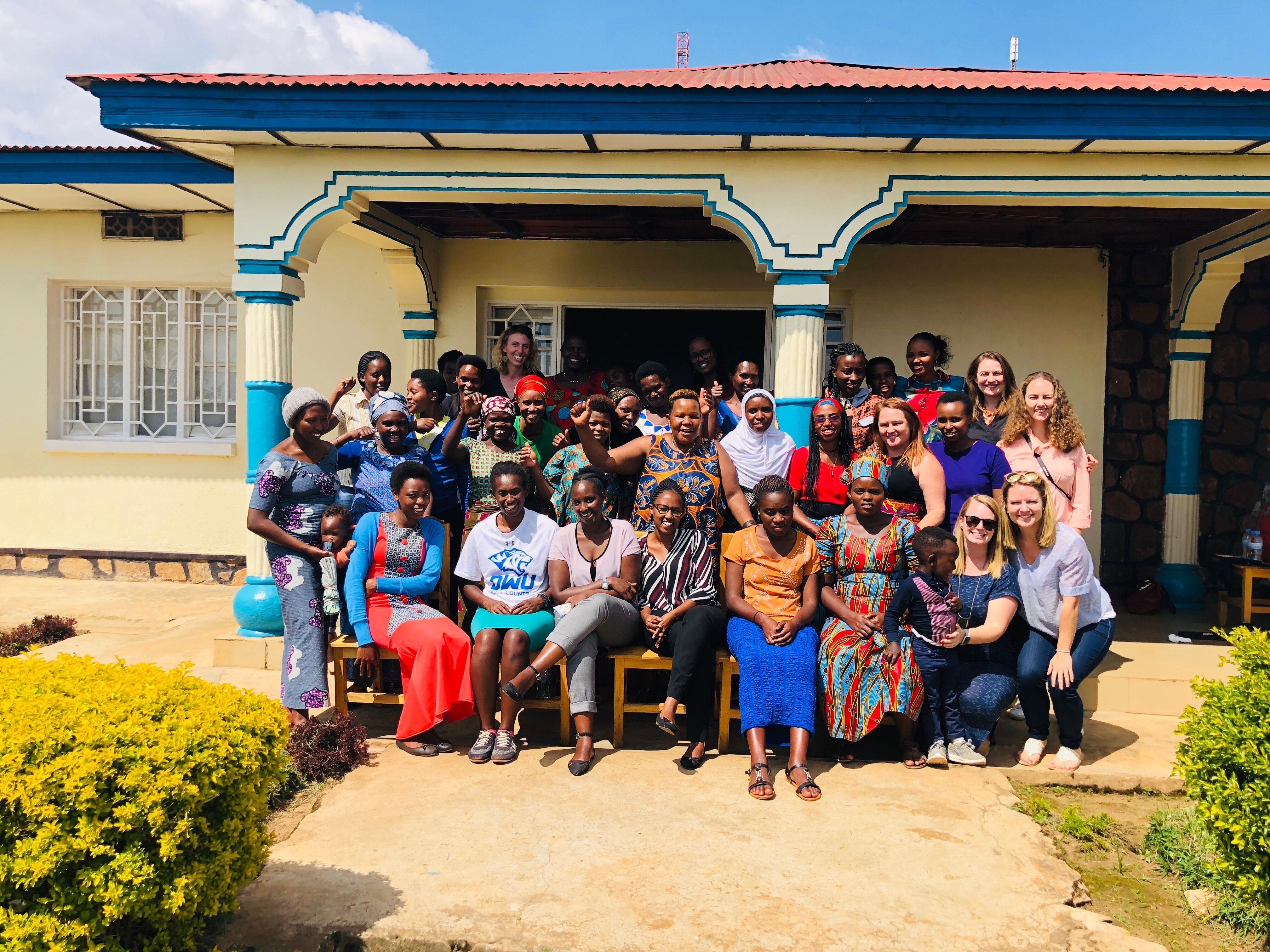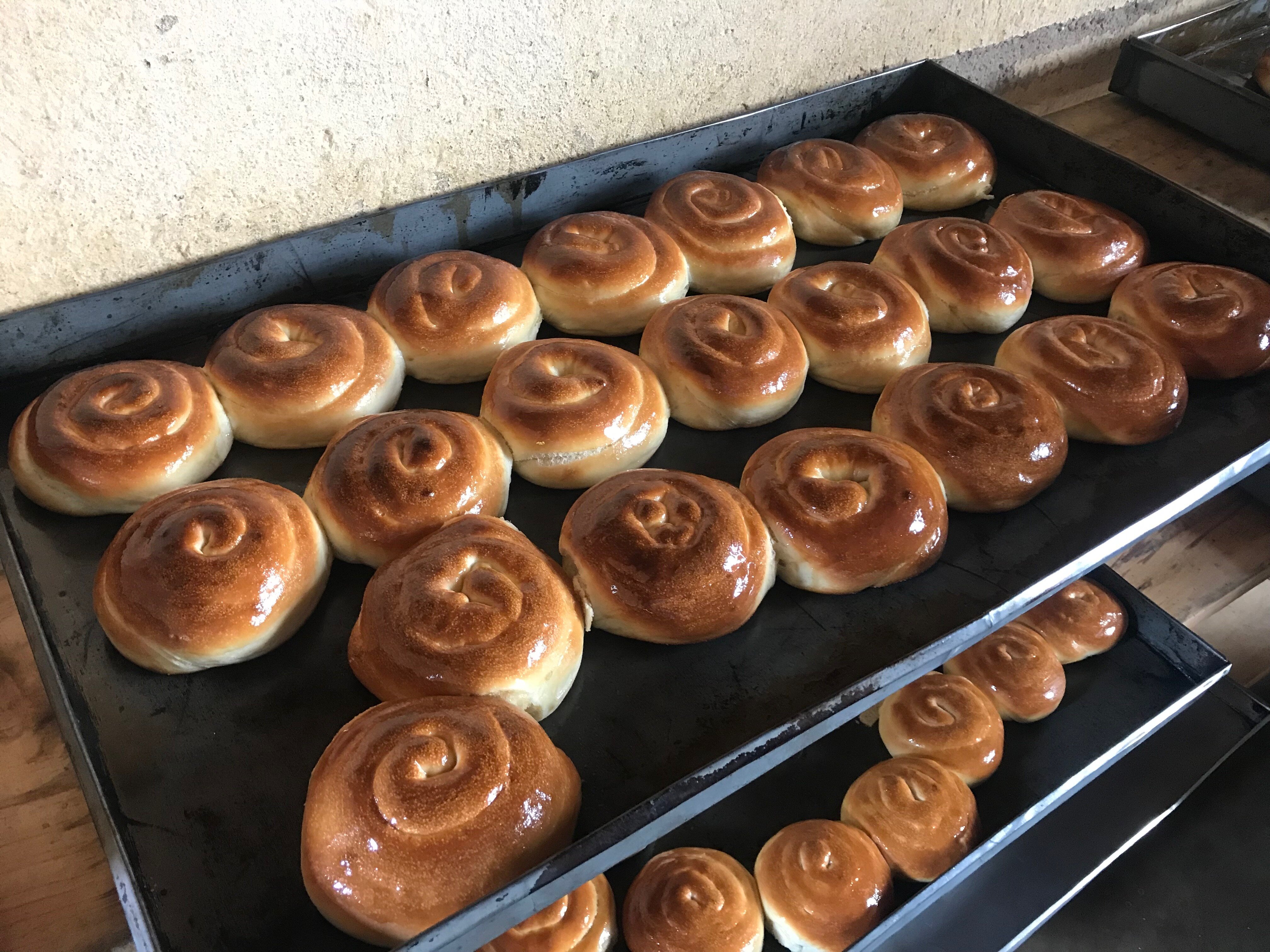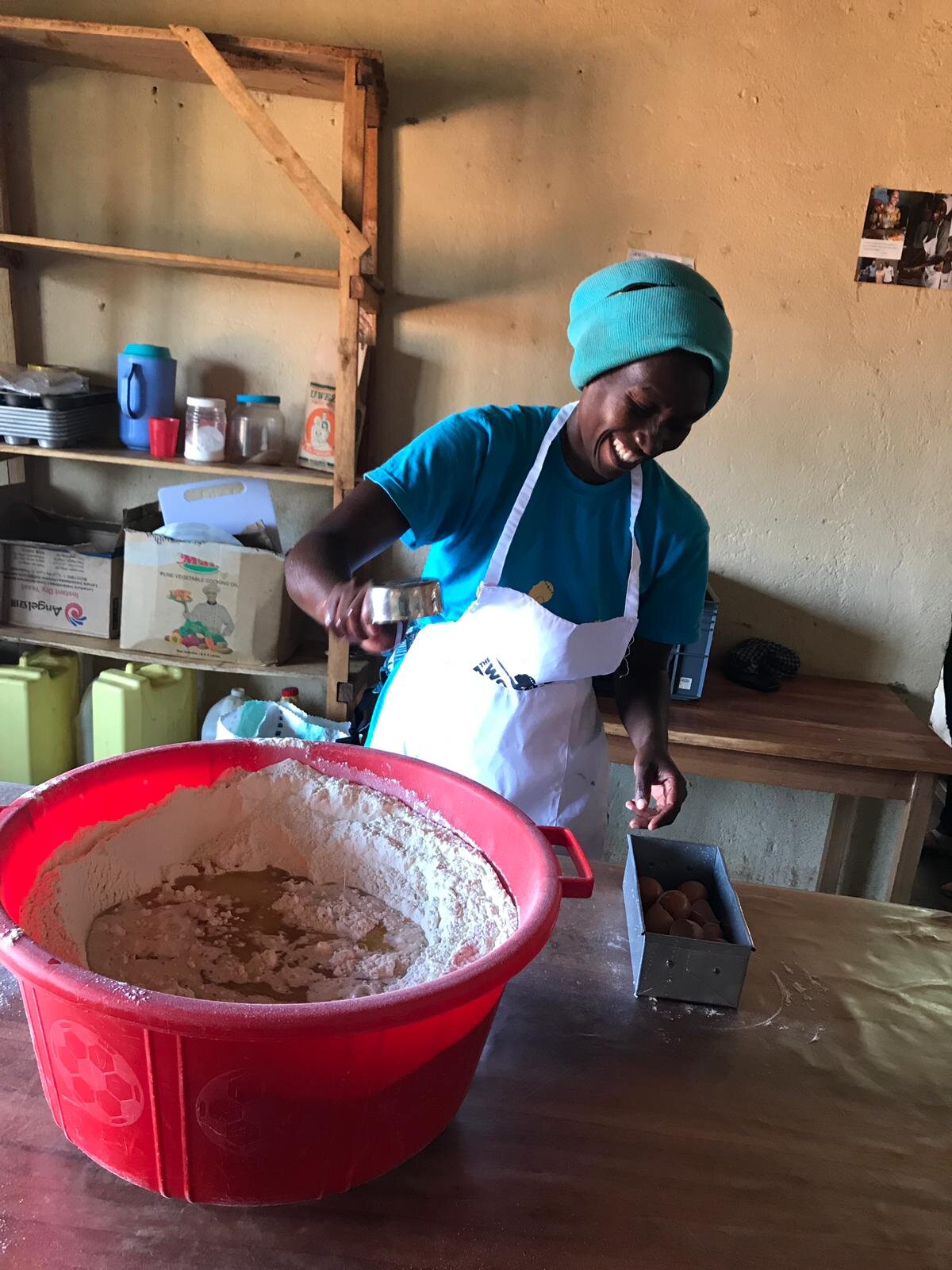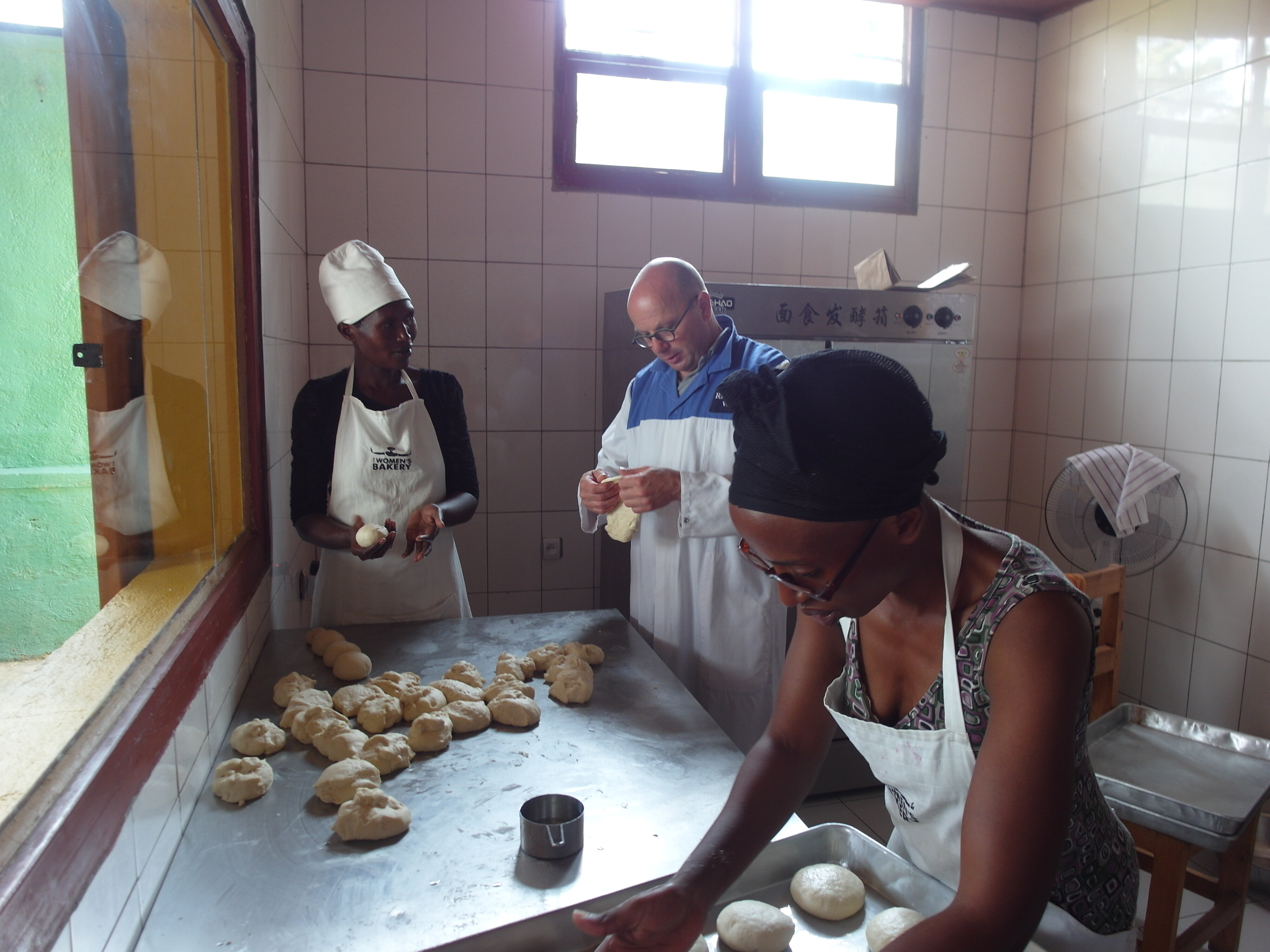
PROJECT #BREADPOWER
Project #Breadpower
Promoting healthy, nutritious and affordable breads
2018 marked the first year of the partnership between The Women’s Bakery and Rademaker. Together we have worked on improving existing products and introducing new recipes. We looked into ways of engaging our network partners at IBA and today we are very proud of the 2018 achievements. We were excited when TWB asked us to tackle a particularly difficult project and we were able to hit the ground running!
MAKING NUTRITIOUS “DOUGHNUTS”
TWB requested Rademaker’s expertise on a specific topic: the creation of a healthy Amandazi. This is a very popular product, not just in Rwanda, but across the continent and it goes by many different names.
The Somali people refer to it as either Bur Saliid or Khamiir. In Swahili speaking countries, such as Kenya and Tanzania, it is known as Mahamri, Mandazi, or Amandazi. In Western African countries, such as Nigeria, it is called Puff Puff and in Mozambique, it is referred to by the Portuguese name Malasadas or Fat Cakes. This last reference relates to the essence of the product: deep-fried dough.
For people in rural Rwanda, it is quite common to eat this once a day as meals are often accompanied by Amandazi. The product can be eaten sweet or savoury, spiced up or eaten just plain. The Amandazi has many advantageous properties. It is easy to store and has quite a long shelf-life. It can be made the night before, eaten cold or reheated. It is quite affordable, easy to produce. Lastly, its high-fat content gives people the feeling of being full and reduces hunger feelings for long periods of time. However, it is this exact same fat that causes the product to be so unhealthy. There is a high content of saturated fats in the product that can lead to heart and coronary diseases. Furthermore, the traditional Amandazi does not contain a lot of essential micro-nutrients, vitamins, minerals or even whole proteins. For this reason, TWB has not produced or sold any Amandazi as the traditional product does not meet their nutrition requirements. However, given its popularity, producing a healthier alternative could be a ground-breaking change.

Small steps
Rademaker’s dough technologists spent considerable time preparing the Amandazi in The Netherlands and tested different recipes to create healthier options. But it was only in Rwanda that we truly learned what a traditional Amandazi should look, smell and taste like. With this knowledge we could further refine our tests and look at different ingredients and production methods.
The first thing we noticed was that the Amandazi dough was underdeveloped and cut casually before deep-frying. This causes the surface to be very porous and functions almost like a sponge, sucking up a lot of fat. By better developing the dough and rounding the pieces, we strengthened the surface barrier leading to less fat absorption.
To make the Amandazi more nutritious, we experimented with different ingredients. By substituting some of the flour for sweet potato puree we were able to increase many of the important micronutrient and vitamin contents of the Amandazi. After many different attempts, we were finally able to produce a recipe that tasted and looked similar enough for the bakers at TWB to accept it as the Amandazi they know and love.

Big impact
Rwanda has a prevalence of undernourishment, which is often attributed to the shortage of food. However, it is not only the quantity of food, but also the quality causing malnutrition. This phenomenon is called “hidden hunger” and often leads to stunting, the irreversible developmental stagnation in children. While the Rwandan government has taken great strides to improve malnutrition, there is still a prevalence of stunting amongst children under the age of 5.
Poverty is not just the lack of economical means, but also the absence of choice. This is why we truly believe in giving people, especially those with limited incomes, nutritious and
affordable options. With significantly more fiber, vitamin A and B, calcium, iron, magnesium and potassium, we believe we can make a small but meaningful difference in malnutrition.


